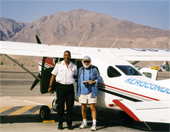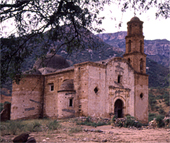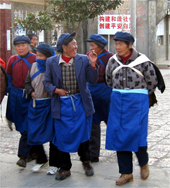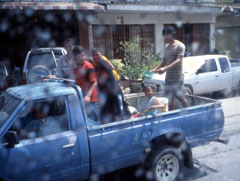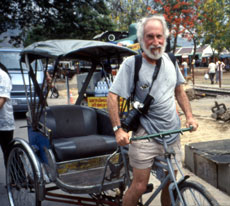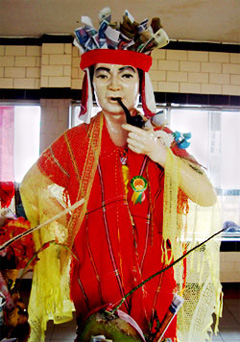 There they stand in a line, offerings of food and flowers covering their pedestals. These figures are called Nats, spirits of the wind, earth, rain and sky, and in Myanmar (formerly Burma) they are representations of people (and animals) who have died tragic deaths. Some are former royalty, territorial overlords or soldiers. One is a former Burmese King. Another is a buffalo, who is said to have raised a prince. The prince was found by some soldiers and returned to the palace, wherein the buffalo followed them and rammed through the palace gates to get to her stepchild before the guards killed her.
There they stand in a line, offerings of food and flowers covering their pedestals. These figures are called Nats, spirits of the wind, earth, rain and sky, and in Myanmar (formerly Burma) they are representations of people (and animals) who have died tragic deaths. Some are former royalty, territorial overlords or soldiers. One is a former Burmese King. Another is a buffalo, who is said to have raised a prince. The prince was found by some soldiers and returned to the palace, wherein the buffalo followed them and rammed through the palace gates to get to her stepchild before the guards killed her.
On Mt. Popa, the core of an ancient volcano often described as the Mt. Olympus of Myanmar, the thirty-seven “inside” Nats are honored in the most sacred Nat shrine in the country.
Around 1100 AD, King Anawratha, who had learned Buddhism from a missionary, united all the Burmese kingdoms then attempted to convert the people to Buddhism, outlawing the worship of Nats, but this act angered his subjects and they resisted his efforts. Finally, he decided to incorporate the Nats into the Buddhist religion and, declaring Buddha to be the greatest of the Nats, announced that there would be 37 official Nats, whose images he personally carried up to Mt. Popa. These are known as the “inside” Nats. Other Nats, who continue to be worshipped, are called “outside” Nats.
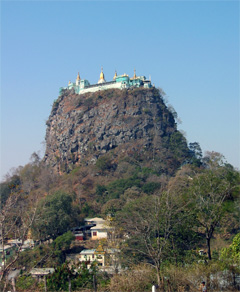 Mt. Popa rises straight up from the plain, with a staircase winding to the temple at the top. Along the way are colorful Nat shrines, and pilgrims come from all over the country to give their offerings and make peace with the flamboyantly dressed representations of the spirits. Alongside the stairways, shops sell all variety of exotic merchandise, including bear paws, while frolicking monkeys run up and down the stairs begging for handouts.
Mt. Popa rises straight up from the plain, with a staircase winding to the temple at the top. Along the way are colorful Nat shrines, and pilgrims come from all over the country to give their offerings and make peace with the flamboyantly dressed representations of the spirits. Alongside the stairways, shops sell all variety of exotic merchandise, including bear paws, while frolicking monkeys run up and down the stairs begging for handouts.
It is believed that Nats can cure illnesses, grant favors and predict the future as long as they are rewarded. Otherwise, they can cause a lot of trouble. The spirit of the Nat is believed to enter the physical statue as it is crafted.
Most Nats have regular festival days, when pilgrims come with offerings and ask for favors. Each Nat has foods he favors or dislikes. They all love color, so everyone dresses brightly at these festivals. When a family has a celebration, they may hold their own festival. The Nats have “spouses,” someone who has had a dream in which the Nat offers to marry them. A traditional marriage ceremony is carried out, then the “Natgadaw” presides over the festival. The spirit of the Nat possesses the “spouse,” who then acts out the life of the Nat, accompanied by cheering and hissing. The Nat’s favorite foods are served, and there is much music, dancing, clapping, loud singing and drinking (except in the case of a Nat who abhors alcohol!).
Myanmar society is very conservative, and many believe that these festivals allow people to temporarily abandon the extreme self-control that is the norm in everyday Burmese life.
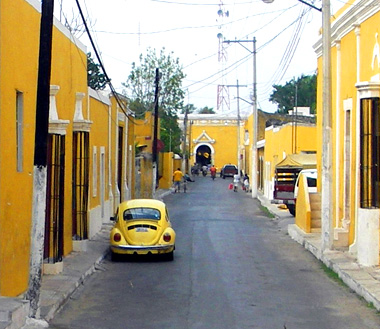
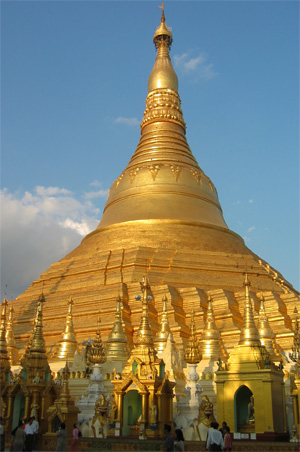
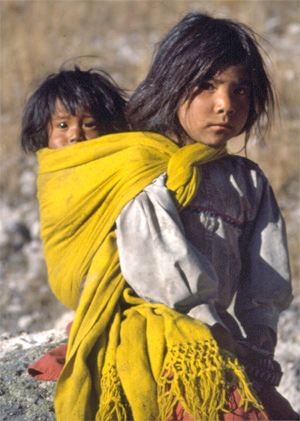
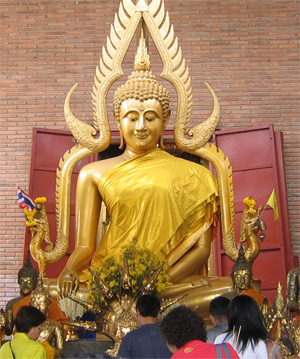
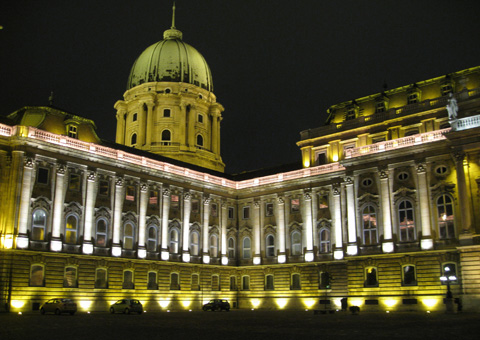

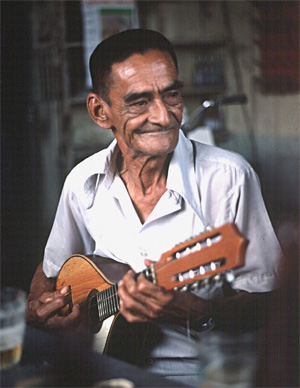
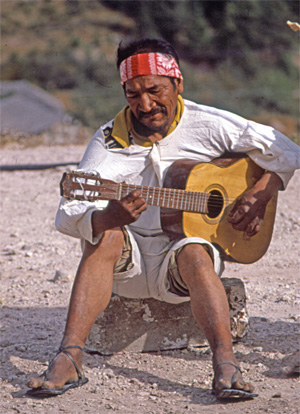
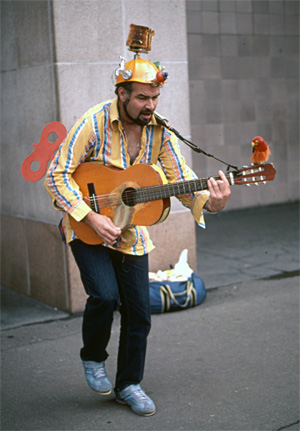
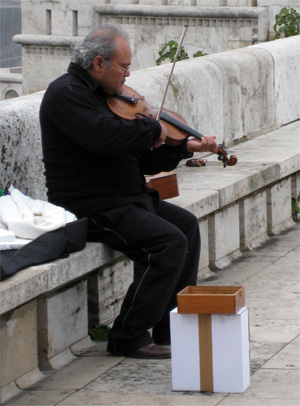
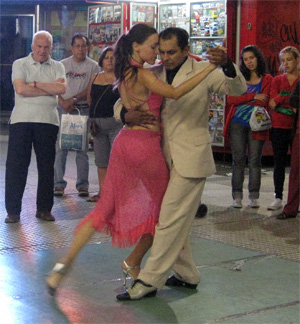
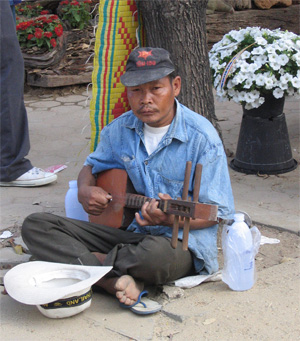
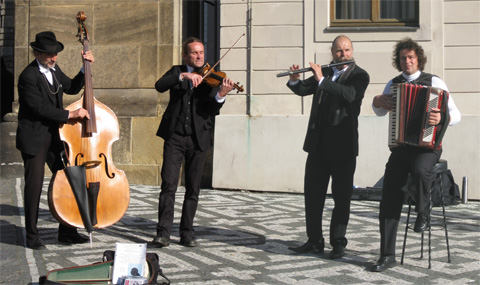
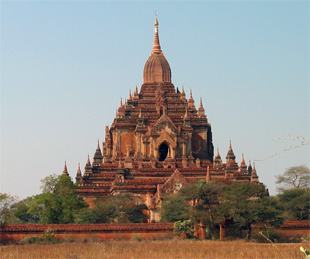 Located on forty square miles on the east bank of the Ayeyarwady River, 300 miles north of Yangon (Rangoon),
Located on forty square miles on the east bank of the Ayeyarwady River, 300 miles north of Yangon (Rangoon),  There they stand in a line, offerings of food and flowers covering their pedestals. These figures are called Nats, spirits of the wind, earth, rain and sky, and in
There they stand in a line, offerings of food and flowers covering their pedestals. These figures are called Nats, spirits of the wind, earth, rain and sky, and in  Mt. Popa rises straight up from the plain, with a staircase winding to the temple at the top. Along the way are colorful Nat shrines, and pilgrims come from all over the country to give their offerings and make peace with the flamboyantly dressed representations of the spirits. Alongside the stairways, shops sell all variety of exotic merchandise, including bear paws, while frolicking monkeys run up and down the stairs begging for handouts.
Mt. Popa rises straight up from the plain, with a staircase winding to the temple at the top. Along the way are colorful Nat shrines, and pilgrims come from all over the country to give their offerings and make peace with the flamboyantly dressed representations of the spirits. Alongside the stairways, shops sell all variety of exotic merchandise, including bear paws, while frolicking monkeys run up and down the stairs begging for handouts.